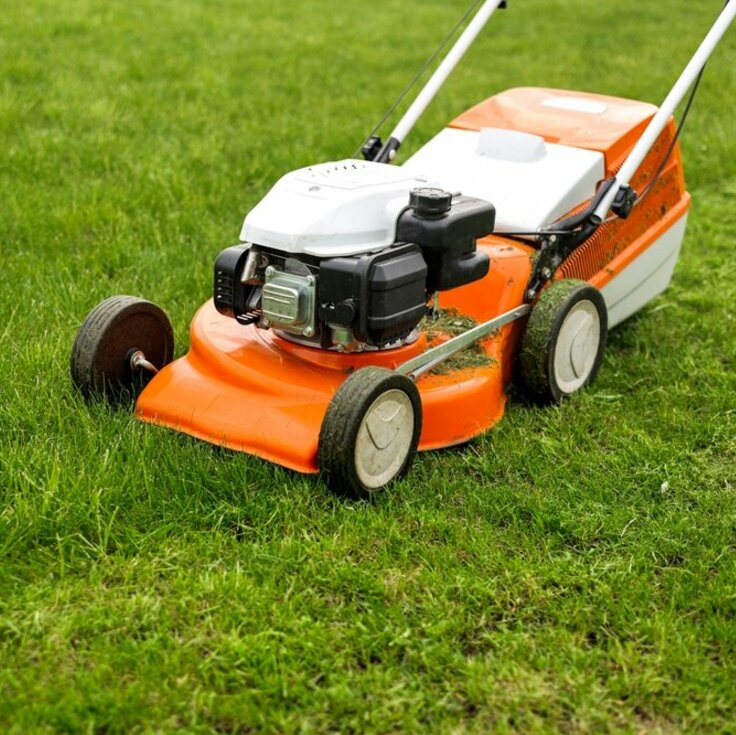How to Turn Your Lawn into a Food Forest
Demanding Lawns
There she is, needy, lush and green. Each weekend demanding that you pay attention to her, lest she grow wild. For those of you in drier areas, perhaps the city has limited water and she just lies there now dry, brittle and useless. Either way our lawns control us. Saturdays that could be spent harvesting berries and fresh greens are instead consumed in the toil of pushing a machine. Unless you are an avid yogi, baseball player or picnicker, lawns are a bit passé. And yet, we as a nation spend over $26 billion per year on lawns. How might we redesign our spaces to create edible abundance?
Not only are our lawns expensive and time consuming, they also are insatiably thirsty. According to the Los Angeles Municipal Water District, the average lawn requires the equivalent of 84 inches of rain per year. For much of the nation, that exceeds what nature brings. In drier areas such as California, where I reside, that disparity is striking. Dry brown hills surround green oases of lawns in the urban areas. The average Californian uses up to 130 gallons of water per day, of which half goes to the garden outside. If you are ready to transform your lawn and your outdoor living space, read on.
Step 1: Lawn Removal
The first step is to properly remove the unwanted lawn. Many permaculturalists claim that one can simply lay cardboard and mulch on top of an existing lawn and that this will eventually smother it. However, in my experience installing over fifty gardens, it is best to be thorough when breaking with a stubborn lawn.
Start by removing the grass the old-fashioned way, pick and shovel. Dig down 8-10 inches will to loosen a row of grass tops; first by picking and second by prying with the shovel. Then come back through and beat the grass loose of the dirt to retain as much top soil as possible.
Move on to the next row until you have separated the grass material from the soil. The grass can then be fed to the chickens who will enjoy the treat. Do not add this grass to your compost. This process is extremely laborious and I recommend hosting a garden work party. All who help will learn hands on experience and create good will with friends.As an incentive, rotate on consecutive Saturdays to others yards to help transform multiple gardens. This can be the new version of a barn raising.
After the lawn has been dug out, go back through and rake the soil back to level. Take care to go over any edges a second time as root sprouts near the edges of the planting area are likely to creep through the mulch layer and cause problems if not dealt with before hand.








